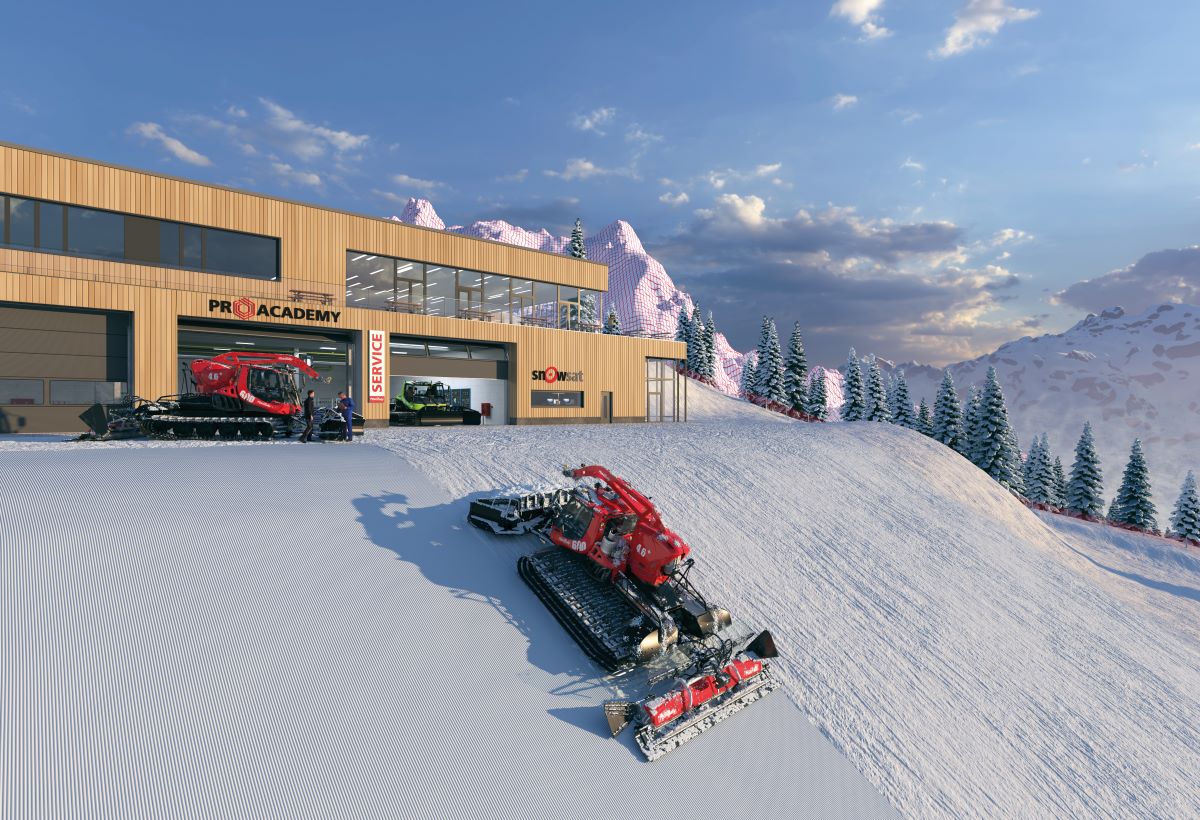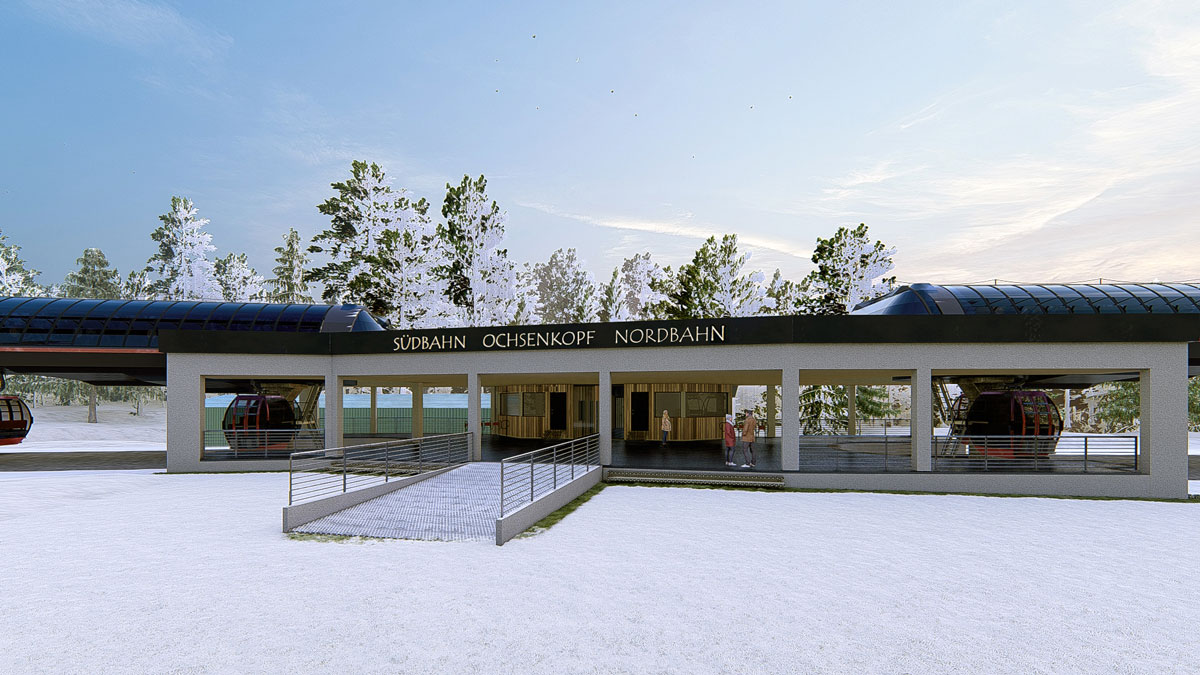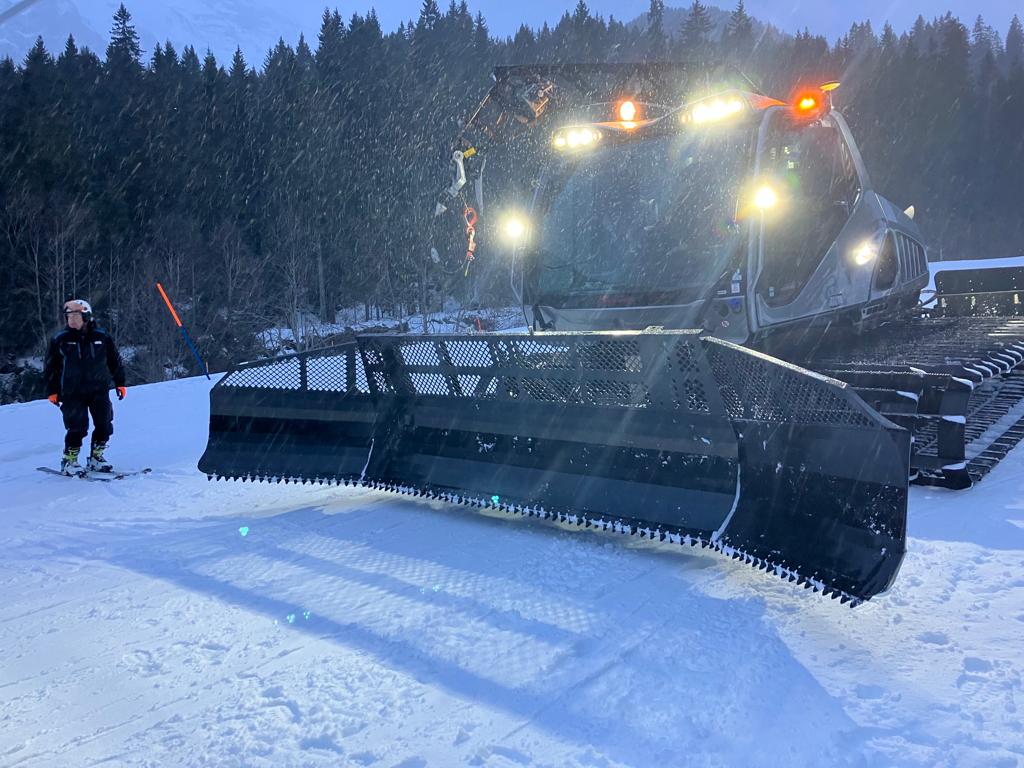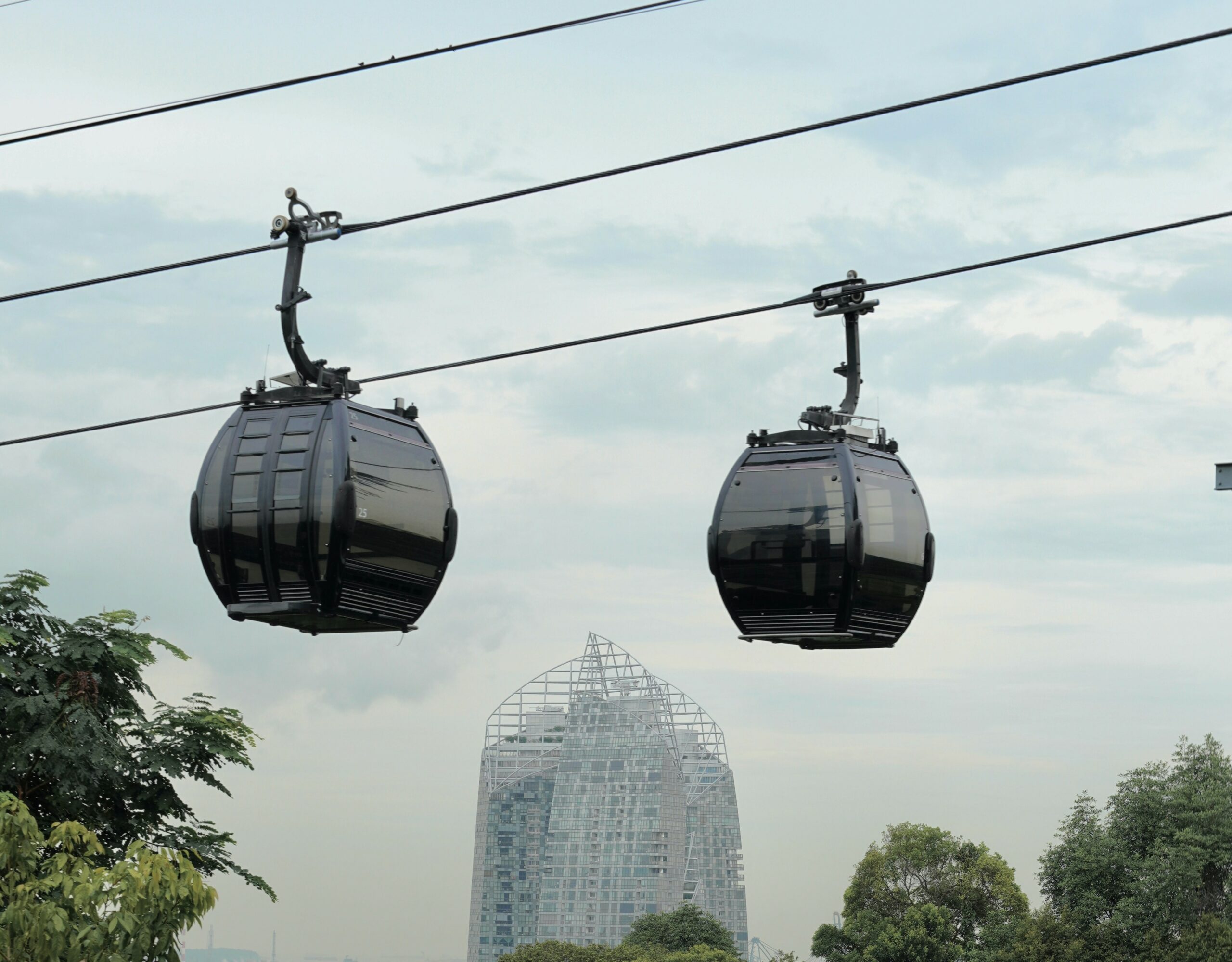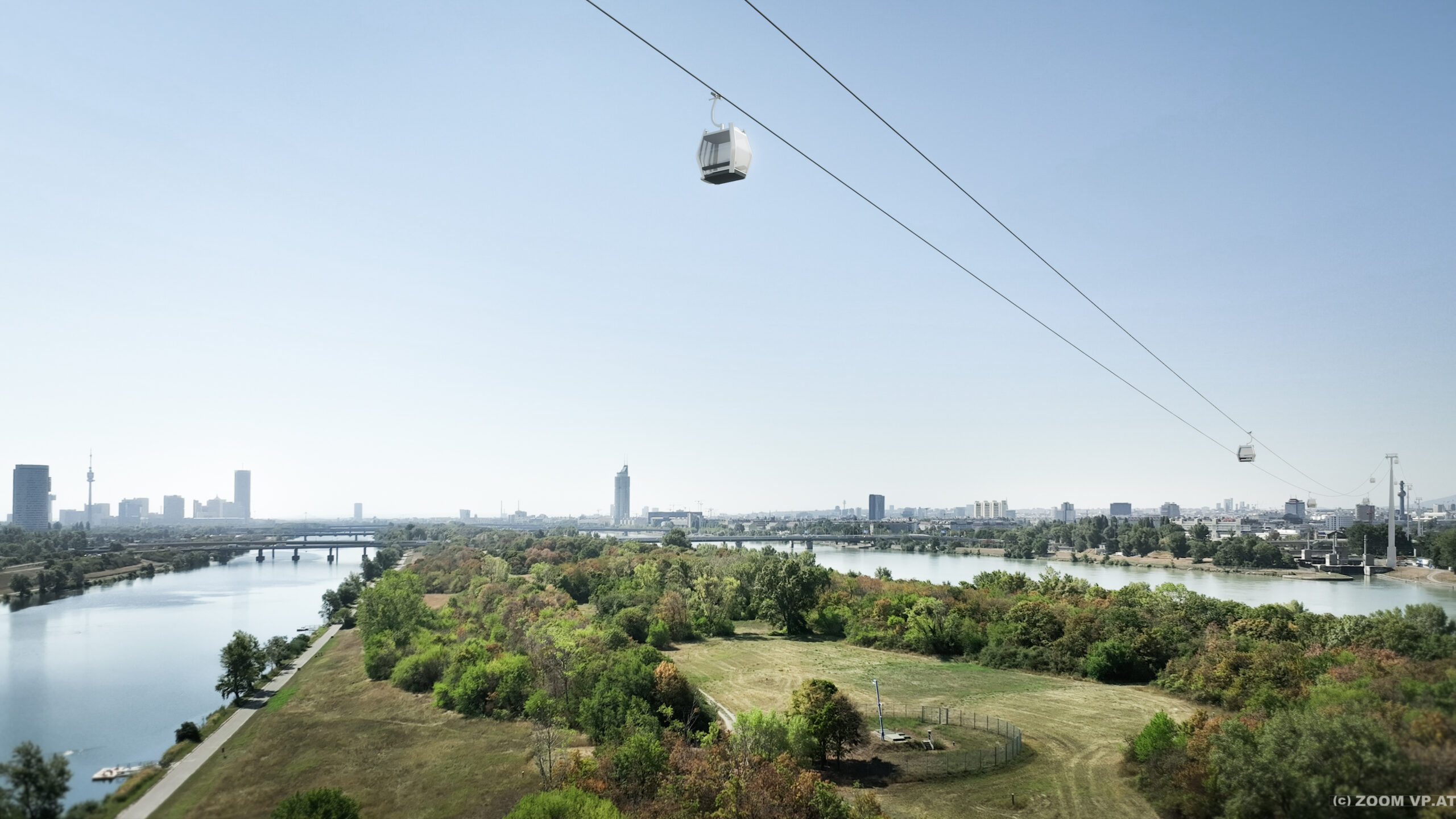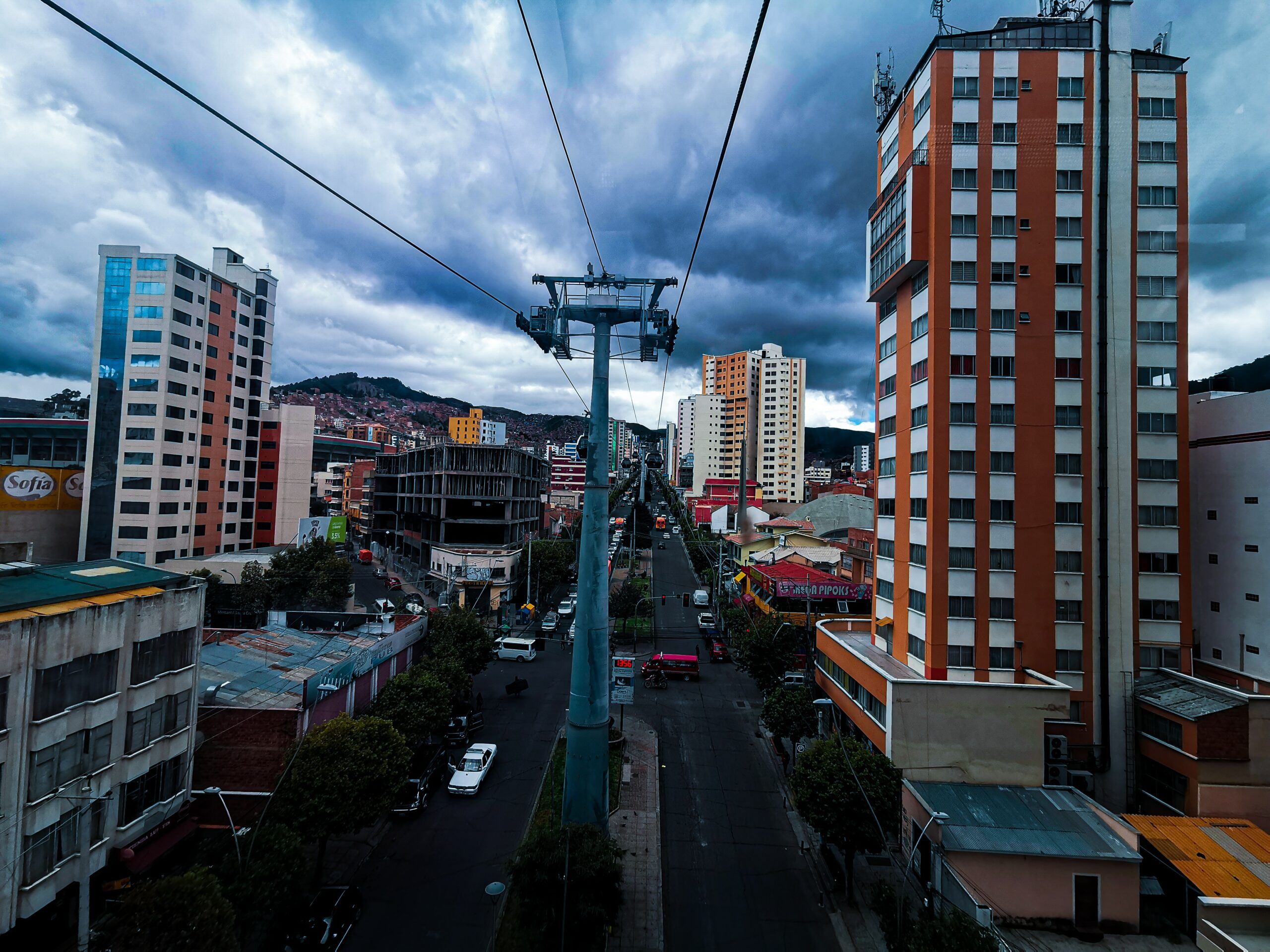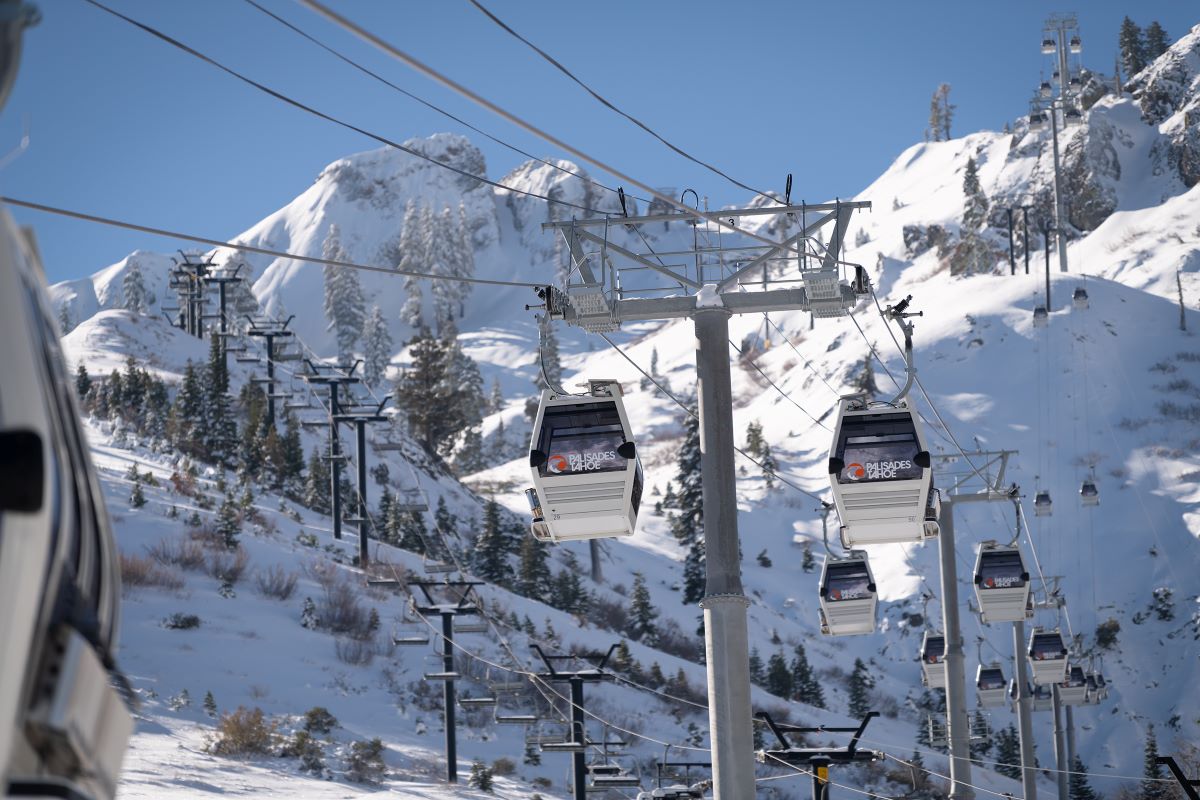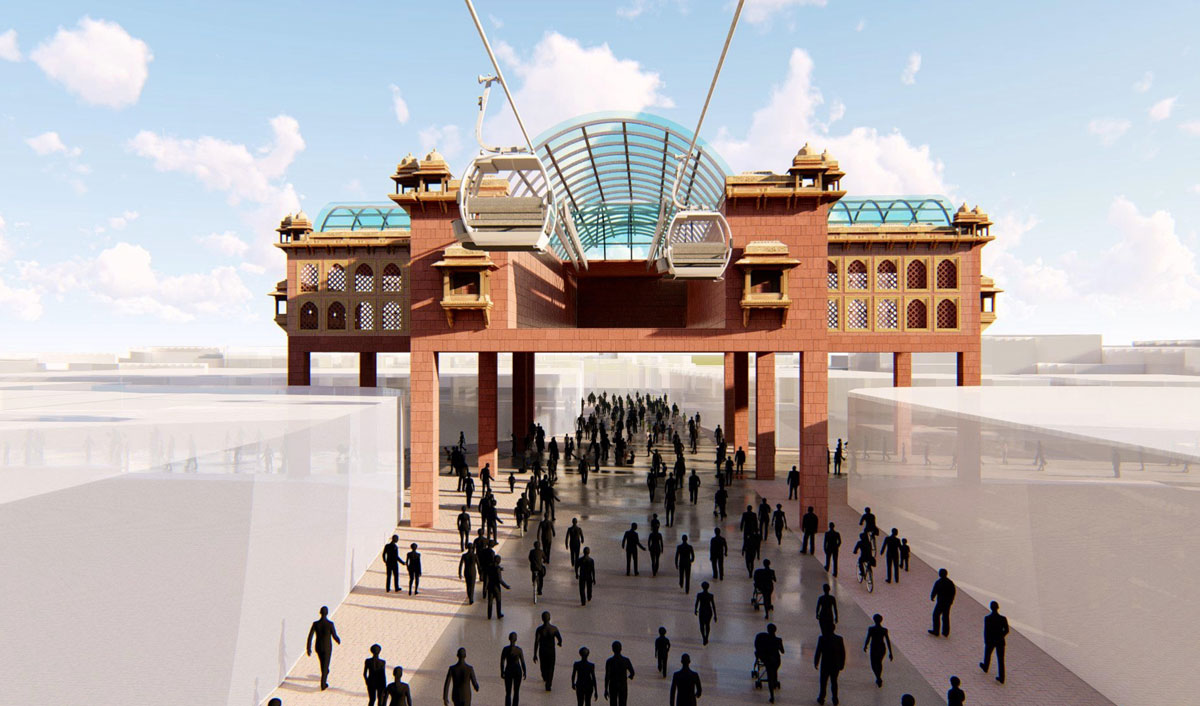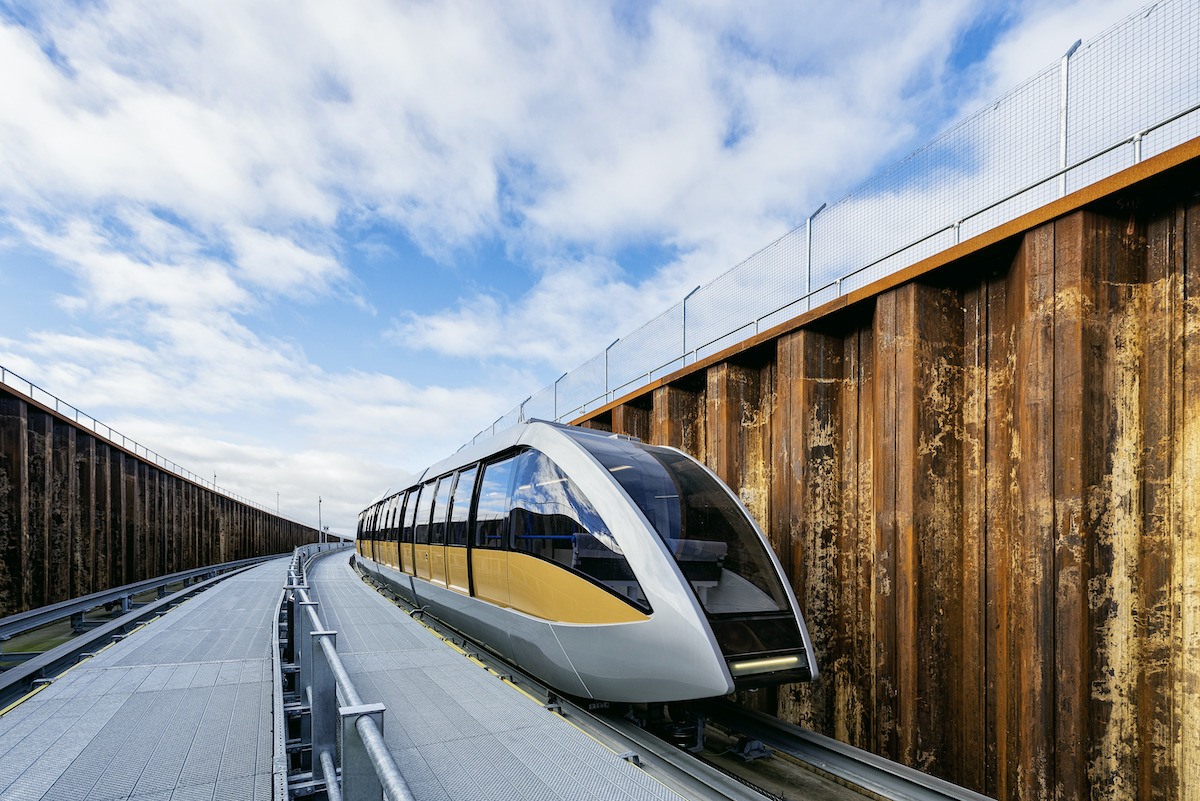CITIES
Cable cars and cableways function as an efficient means of transport in an urban setting. Find out more on our blog!
Kässbohrer Snow World: A closely interlinked and compatible solution
Creating an ideal slope takes more than just a snow groomer: it takes the many individual, interlinked products, processes and services, which must be fully compatible in order to achieve the optimum result - that enthusiastic skiers on slopes to dream of - every morning.
Ropeway Project Group: Everything from one supplier
Ropeway Project Group is a network of cable car experts from Austria and South Tyrol. With participation from a broad range of specialist areas, projects can be handled from feasibility study through planning to implementation.
Zaugg: Ice scraper for the piste
Ever increasing costs for snow making constantly force ski resorts to adapt and rethink piste processing. With the ice scraper for snow groomers, ZAUGG AG EGGIWIL has found a way to transform the snow stored until the winter season into the most perfect piste possible for winter sports enthusiasts.
New urban cable car for Seoul
In South Korea's capital Seoul, an aerial cableway is planned over the Hangang River. This is to connect important leisure attractions and cultural sites on the riverbank.
Austrian companies plan cable car in India
In India, new plans for urban ropeways are in the pipeline, for which Austrian companies were invited to exchange ideas.
Urban cable car planned for Vienna
The cable car is considered a modern and sustainable means of public transport: an urban cable car is now also being planned for the city of Vienna, Austria, which will also run up the Kahlenberg mountain.
One Cable Car, three dimensions
Ecological, social and financial effects of urban cable cars: An urban cable car opens up new ways to move around a city and thus also new meeting zones and hubs for the population. Seeing the city from above opens up new perspectives, which can also be exploited financially. Moreover, the urban cable car scores points in a 30-year comparison with other modes of public transport such as tram and bus, with high social and ecological sustainability in ongoing operation.
Quebec: Government funding to boost Canadian ski tourism
The Canadian government announced its plan to generously fund Quebec ski resorts.
Base to Base Gondola connects two bases at Palisades Tahoe
The Base to Base Gondola connects the two base areas of Californian ski resort Palisades Tahoe, finally uniting the resort.
Mexico City: More targeted maintenance with TRUscan
Cables that are in use around the clock, as is the case with urban cable cars, must also be checked accordingly. As maintenance is possible only between midnight and 4 am, it must be planned in advance.
India: Salzmann & Bernard are planning eleven ropeways
The two Austrian engineering companies SALZMANN ENGINEERS and the BERNARD GROUP have won the contract for a major urban project. The two companies are designing systems with a total length of around 50 kilometres for the state’s National Highway Logistics Management Limited (NHLML).
London: A game changer for Luton Airport
In future, the Luton DART will carry rail passengers swiftly, seamlessly and sustainably from the railway station to London Luton Airport. The Luton DART Cable Liner Shuttle (CLS) will cover the distance of around two kilometres from Luton Airport Parkway railway station to the airport terminal in just over three minutes.
